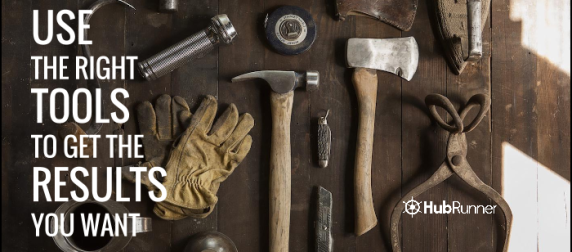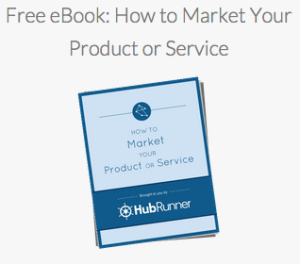How to Design a Website Layout with the Right Elements
There are close to 180 million active websites online, so this means there’s a lot of competition when it comes to keeping visitors on your website long enough to convert to a purchase, free download or mailing list.
If you want to keep these visitors from bouncing to another website, then you need to know how to design a website layout properly. A well designed website will not only engage visitors, but it will carefully guide them to exactly where they need to head.
Let’s take a look at how to design a website layout with the right elements!
Call to Action
Every website wants its visitors to do something. It may be to purchase a pair of jeans or it may be to sign up to a monthly newsletter on wine. The possibilities are infinite, but getting users to convert to this call to action (CTA) isn’t easy.
CTAs usually take the form of a button (humans love clicking buttons) and if you want to know how to design a website layout with CTAs then you need to achieve the following:
- Color – Your CTA needs to stand out above all else to draw in the visitors eye and make them unable to resist clicking it. To achieve this it’s best to color your CTA so it’s in sharp contrast to the rest of the page.
- Size – Don’t be afraid to maximize your CTAs as standing out is the order of the day. The last thing you want to do is have your users straining to find that ‘BUY’ button, you want them to know exactly where it is.
- Position – The ideal position for your CTA will be towards the top of the page, ideally above the fold. Sure, people are generally scrolling a lot more on websites today, but the most effective position for sales CTAs remains at the top of the page.
- Responsive Design – You only have to take a look round your own home to realize just how many different devices you use to head online these days. From cellphones to tablets to laptops and even your trusty old desktops, you’re spoiled for choice.
But what do all these different sized screens mean for website design?
Well, for a long time it meant websites looked great on one device, but all squashed and impossible to view on other devices.
Understanding how to design a website layout with responsive design, therefore, is essential to create a killer website on every platform.
Responsive design, literally, allows websites to respond to whichever device is accessing them and resize and adapt for this environment. This lets you view, for example, Amazon in all its glory on your tablet or cellphone regardless of the different screen sizes.

Use of White Space
A cluttered website is the last thing someone browsing on the web wants to come across. There are enough distractions online today without having to navigate your way around endless diversions to your concentration.
And that’s why getting to grips with white space is essential for knowing how to design a website layout which keeps visitors engaged and on course.
White space, you see, improves the readability of your website by focusing visitors’ attention to the essential content of your website e.g. product descriptions. The main thing to remember is that white space makes navigating your website easier for viewers and that counts for a lot in today’s busy world.
Flat Design
The concept of flat design has been making waves throughout the design industry ever since Apple launched their innovative iPhone which had minimalism and usability at its core.
And it’s no surprise to find that this aesthetic has translated into web design.
Flat design does away with the previous desire for elaborate web design and strips away elements such as shadows and gradients to ensure a two dimensional look. This ‘flat’ look is achieved by using bright colors, shapes with sharp edges, simple typography and plenty of open space.
The main appeal of flat design is that it delivers websites which are very easy to use. Visitors don’t have to spend time struggling to navigate your site and, as a result, are more likely to find your CTA and click it.
Embracing flat design, then, is a step you must take in order to learn how to design a website layout successfully.
Scrolling Websites
A recent trend in website layouts has been the development of scrolling websites to give a unique visitor experience.
Much like the name suggests, the emphasis is on scrolling and lets visitors scroll through sections of content without having to click on new links.
Scrolling websites work best when there’s a story to tell or you’re advertising a large number of products, so learning to how to design a website layout with this aesthetic could prove crucial to your site’s success.
To learn more about how to design a website layout, give the experts at HubRunner.com a call, and follow us on Facebook, Twitter, and Instagram.




Comments are closed.